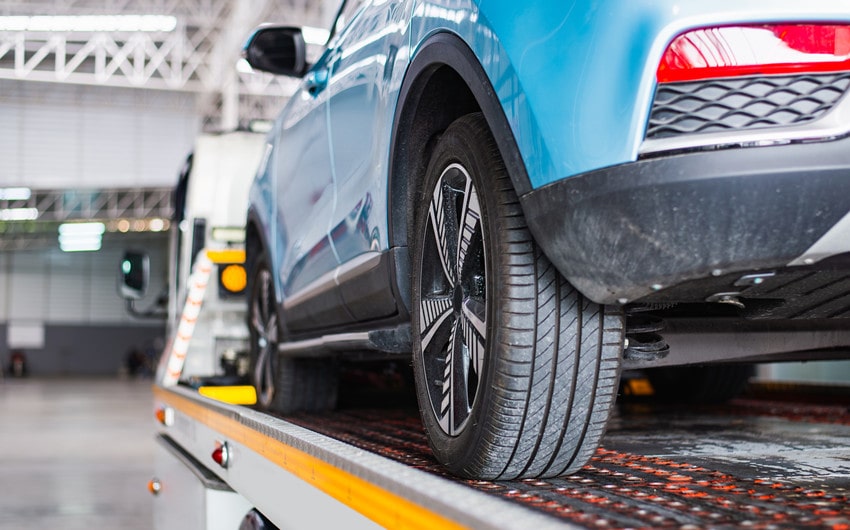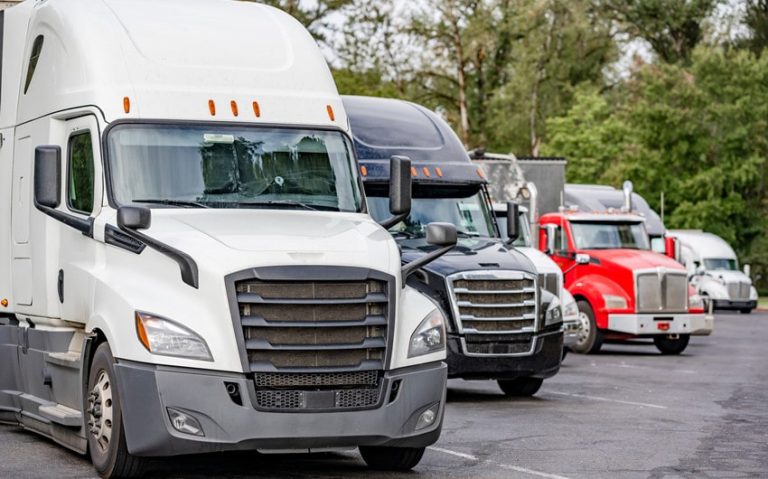The Ultimate Guide to Car Hauling: What Most Drivers Get Wrong
Car hauling is one of the most critical parts of the automotive transport industry. Most drivers think they know this task’s intricacies, but make frequent mistakes. In short, these mistakes can result in damage, delays, and more expensive repairs. This guide is designed to show common misconceptions and some tips to simplify the hauling process.
Understanding Vehicle Weight and Dimensions
The most common mistake is incorrectly assessing how big and heavy a car is. Many drivers fail to realize that measurements have to match precisely. Such negligence may result in overload, raising safety problems or conflict with regulations. These issues can be avoided if the driver continuously checks the weight and size of the vehicle before transporting it. Using the correct tools for various vehicle categories is essential to avoid issues. Thus, many Florida Car Hauling Companies typically insist on pre-transport assessments to prevent negligence and maintain compliance.
Securing the Load Properly
Leaving vehicles unsecured is also a standard error. Improperly secured cargo can move in transit, resulting in property damage. Drivers must use appropriate straps and chains to guarantee safety and be in good condition. These tools require regular inspections. When any damage or wear occurs, you have to replace it immediately to be safe.
Choosing the Right Hauling Equipment
Using the wrong hauling equipment can be inefficient and unsafe. One particular vehicle means one specific kind of trailer and towing mechanism. For example, a luxury vehicle might need enclosed transport, while an open truck may not be able to protect it very well. Based on vehicle type, drivers have the responsibility to figure out which equipment offers the best protection and efficiency. Knowing about different types of trailers and their uses reduces errors significantly.
Planning the Route Ahead
Route planning is often underestimated. Most drivers don’t account for road restrictions, weather, or traffic patterns, which can impact delivery times and security. Planning your routes ahead of time helps drivers avoid delays and obstacles. Planning ahead is crucial, so utilizing reliable navigation tools and staying informed about road conditions is beneficial to prevent delays.
Understanding Legal Requirements
Legal requirements are non-negotiable when it comes to car hauling. Drivers have to deal with several permits and regulations. Different regions may have their own rules related to vehicles, and noncompliance can incur penalties or delays. This way, there are no surprises. Each area or state has its own legal requirements, and knowing that up front is a good idea. It is better to consult with regulatory authorities or use professional services to ensure compliance.
Maintaining Clear Communication
Successful hauling also requires clear communication between whoever is doing the hauling and all other parties involved. Miscommunication leads to misunderstanding and mistakes. Maintain contact information with clients and dispatchers. Drivers should contact clients upon pickup of the load and ensure they provide regular updates to allow possible rescheduling if required. Incorporating technology to track and report on this progress can help you to be more transparent and instill trust in your clients.
Insurance and Liability Considerations
One of the most critical parts of car hauling is understanding how insurance and liability work. Part of the problem is that many drivers have little experience with their coverage and have no idea how damage that occurs while in transit would be treated. Looking at insurance policies and how much coverage one has can help guard against the unexpected. By simply discussing liability and setting the terms right from the start with clients, many disputes and losses can be prevented.
Training and Skill Development
Most of the time, upskilling, continuous learning, and training are neglected. The hauling business is always changing, and it is essential to keep up with best practices. Workshops, training sessions, or certification programs can enhance skills and knowledge. When you are committed to learning, fewer mistakes are bound to happen, and it also brings a level of professionalism and quality of service. It is a great customer service practice.
Conclusion
To some extent, car hauling is like car transport; you must pay close attention to avoid common mistakes. Driving with proper securement practices, measuring dimensions, choosing appropriate equipment, and planning appropriately can improve safe hauling capabilities. Knowing the law, communicating clearly, and spending time on regular maintenance all help ensure a good experience. The key to doing well in the car hauling business is learning about the insurance and sharpening your skills over time. If drivers work on these facets, they can serve better, leading to happier clients.


